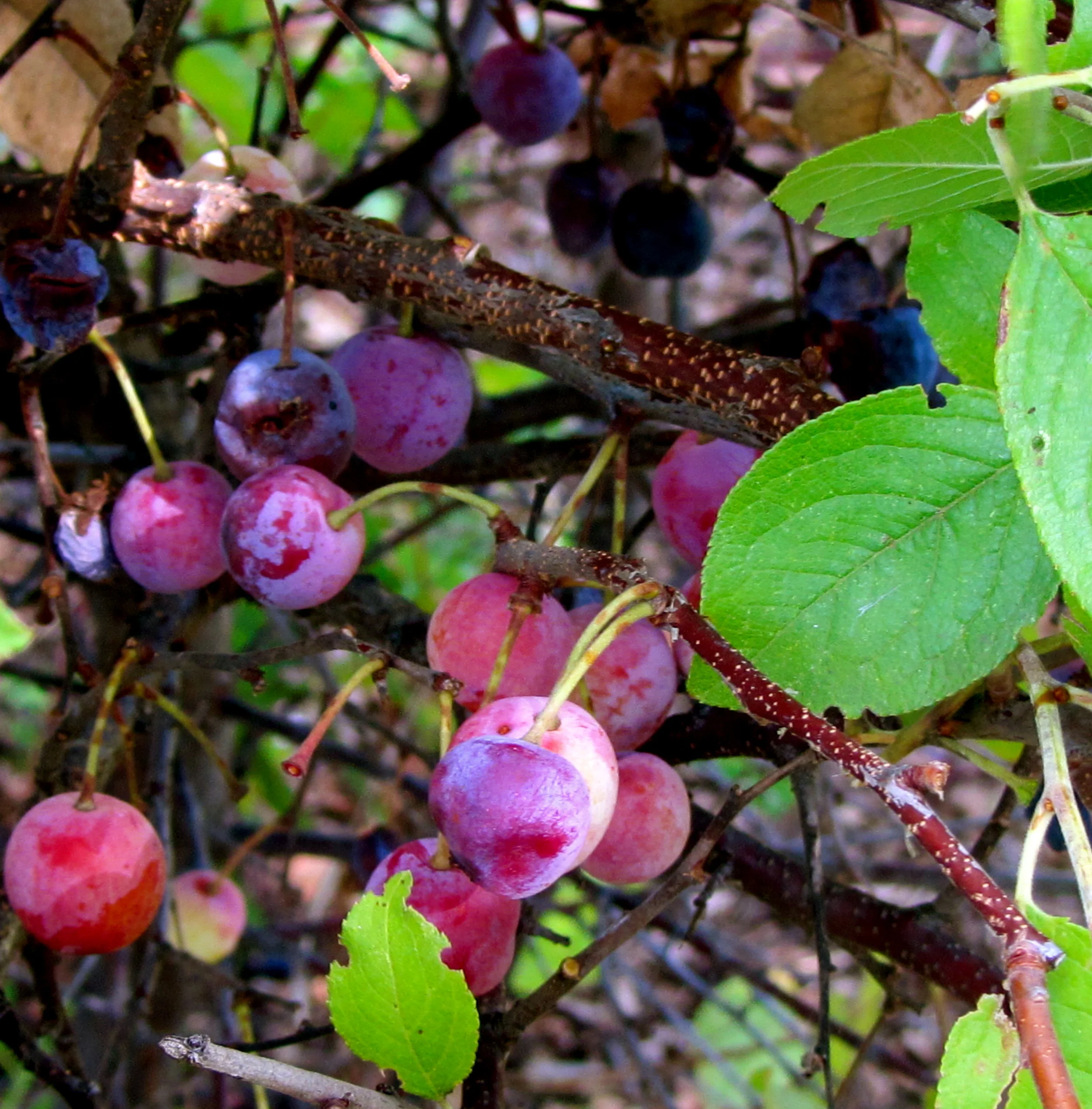Oh, the weather outside is frightful, but once the snow, sleet and freezing rain passes and the winds die down, it's time to head out for pine needles, birch bark and rose hips. Some foraged foods are meant to be
harvested in winter.
One advantage of learning how the plants look in all seasons is that you know just where to go when it's time to harvest.
Pine needles are rich in Vitamin C.
Pine needles, the mature leaves of the pine tree, are very high in Vitamin C. They so familiar and accessible that we tend to walk right by them without really paying attention to them. All you need is a handful of pine needles, gathered nearest the trunk, where they are highest in Vitamin C. Making pine needle tea is as easy as boiling water.
Beautiful, icy rose hips in winter.
Rose hips are the seeds of the wild roses have lost their blossoms, the bright red berries, are actually quite palatable after a night below freezing temperatures. I like rose hip tea best, but rose hips can be found in other recipes.
I do not know why the liquid created from the inner bark of the birch tree is called "beer." But common names are typically confusing. Winter is the only time to harvest the flavorful cambium, the layer between the inner bark and the wood, for a delicious beverage.
The technique for harvesting the cambium and preparing this beverage are easy, but you need to follow the procedure to ensure you do not harm the birch tree. This tree is easy to identify even without its leaves, because it has the distinct smell of wintergreen. Birch tree branches that have been broken during a storm are the easiest to harvest. You want a branch that is roughly as thick around as two fingers. Use a paring knife or your pocket knife to shave the bark. Hold the knife at an angle when you do this and you will be able to see three layers. The outer layer is thin, like paper, the inner layer is the hard wood, and the middle layer is soft and easy to scrape. The soft middle layer, called cambium, is what you will use to make this beverage.
Birch beer shavings.
Winter is the the most challenging time of year to forage for plants. Our ancestors needed a large supply of stored food and remarkable hunting skills to survive winter. Maybe that is why my foraging soul finds pine needles, rose hips and birch bark so precious.



